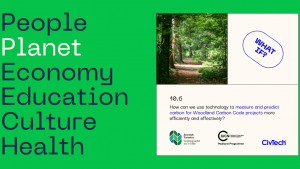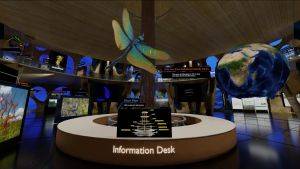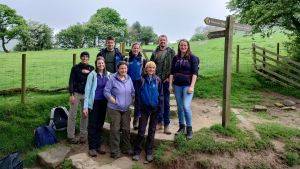A large area of peatlands across the UK is planted with commercial forestry. In the period since the Commission of Inquiry on Peatlands (2011) there has been a significant increase in the amount of forest-to-bog restoration, which has been taking place on Government, private and NGO-owned land. Whilst the techniques used to restore these areas are beginning to develop, the delivery of this work has, to an extent, relied on trial of emerging techniques and follow up monitoring to estimate success. We are now in a position to bring together some of the practitioner experience and unpublished data available in relation to forest-to-bog restoration and establish a consensus on good practice techniques for successful restoration of afforested peatlands.
Current forestry policy recognises the need to remove trees from areas of deep peat; or at least not to replant trees after a first rotation where there are biodiversity and carbon benefits to be achieved from restoration to open habitat. An IUCN UK PP workshop on forestry and peatlands explored the scientific basis behind current estimates of carbon balance on afforested and restored peatlands. The workshop concluded that there is some deficiency in the assumptions and parameters used in current UK models. Since then a number of additional studies have sought to improve our understanding.
The Peatland Code recognises that tree removal is an important restoration opportunity but is awaiting reliable estimates of carbon impacts before it can be formally included in the scheme. This lack of consensus prevents potential funding from private investors through the Code and may prevent the aspiration of restoring afforested peatlands from being fully realised.
The IUCN Commission of Inquiry update is currently reviewing some of the evidence around afforested peatlands and peatland restoration. The update will look at the evidence for good practice forest-to-bog restoration as well as the carbon metrics and modelling of land-use decisions of afforested peatland.











